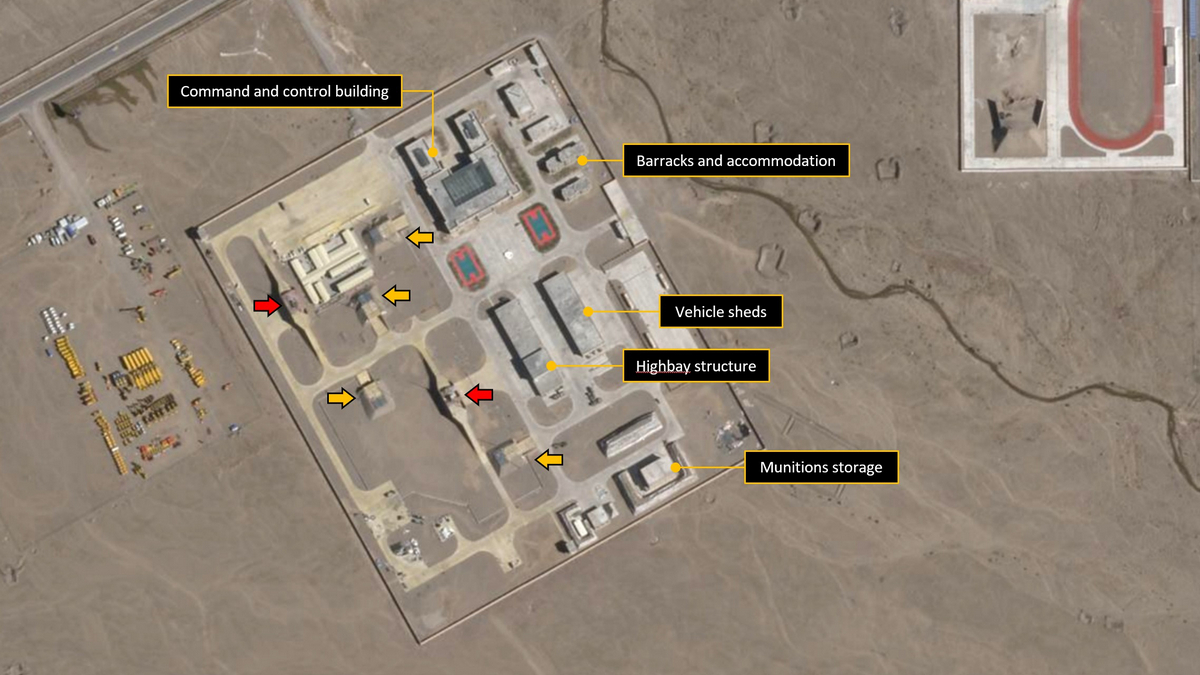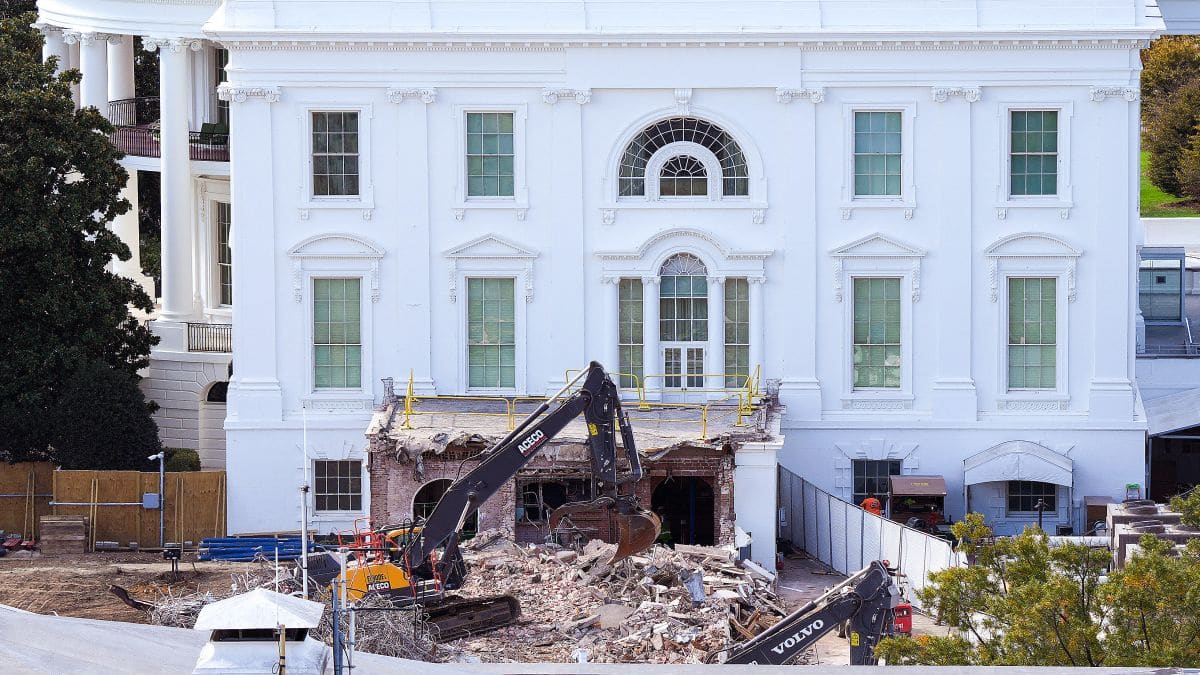Is China building a new defence site near India’s border?
Satellite images revealed construction of a complex by China in full swing at a site near Tibet’s Pangong Lake. This is fairly close to one of the spots where Indian and Chinese forces clashed in 2020.
The development underlines China’s continued efforts at firming up its positions along its border with India. This comes in the backdrop of the two countries taking steps to bring the relationship back on an even footing.
But what happened? What do we know?
Let’s take a closer look.
What we know
Satellite images from the OSINT arm of _India Today_ and US‑based space intelligence provider Vantor revealed command and control buildings, barracks, vehicle sheds, munition storage, and radar positions coming up on the eastern edge of Pangong Lake. The area is around 110 kilometres from a place where Indian and Chinese troops clashed during the 2020 Galwan Valley stand-off.
Defence analysts say what stands out to them are a set of covered missile‑launch positions, seemingly equipped with sliding or retractable roofs. These, they say, are tailor-made for Transporter Erector Launcher (TEL) vehicles that can carry, elevate, and fire missiles.
These positions seem to be capable of holding two TEL vehicles each and keeping their deployment hidden until launch. Experts at US‑based geospatial intelligence firm AllSource Analysis have said these positions may also be equipped with China’s long-range HQ‑9 surface-to-air missile (SAM) system – based on the Russian S-300, which features advanced radar tracking and guidance systems. Parts of the facility near Pangong Lake remain under construction.
A replica of this complex was spotted at Gar County, around 65 kilometres from the Line of Actual Control (LAC) – directly opposite the airfield at Nyoma. The strategically important Mudh airfield, one of the highest in the world at 13,710 feet, was recently upgraded at a cost of Rs 230 crore by the Border Roads Organisation (BRO).
Satellite footage from Vantor dated 29 September shows at least one open roof at a launch bay, perhaps even revealing the TEL launchers themselves.
“This covered missile launch position features a roof with hatches, allowing the launchers to remain concealed and protected while firing through the hatches when opened,” AllSource Analysis says. “This configuration reduces opportunities to detect the presence or exact positions of TELs within the complex and shields them from possible strikes.”
The initial stages of construction of the second facility near Pangong Lake were first spotted in late July by Damien Symon, a geospatial researcher. However, the existence of the covered missile launch positions remained unknown at the time.
AllSource Analysis experts also noted the existence of wired data connection infrastructure that seemingly connects parts of the HQ-9 air defence system to its command-and-control centre.
India-China ties
Ironically, this comes as the relationship between India and China continues to mend in the backdrop of rising tensions between India and the United States after President Donald Trump’s 50 per cent tariffs took effect. Beijing has backed New Delhi on Trump’s tariffs, with Ambassador Xu Feihong quoted as saying that compromise on trade issues only “emboldens the bully.”
Prime Minister Narendra Modi met Chinese President Xi Jinping at the Shanghai Cooperation Summit (SCO) in China’s Tianjin, following the two leaders’ meeting on the sidelines of the BRICS Summit in Kazan last year and visits by National Security Advisor Ajit Doval and Defence Minister Rajnath Singh to China.
Direct flights between India and China are set to resume from 9 November. New Delhi also began resuming the issuance of tourist visas to Chinese citizens from 24 July after a five-year hiatus. India and China have also resumed the Kailash Mansarovar yatra, which was first suspended during Covid-19 and remained so after the 2020 clash.
With inputs from agencies


)

)
)
)
)
)
)
)
)



